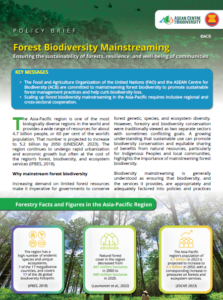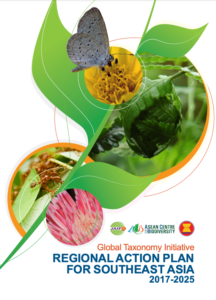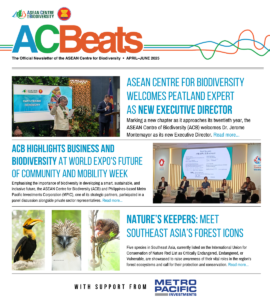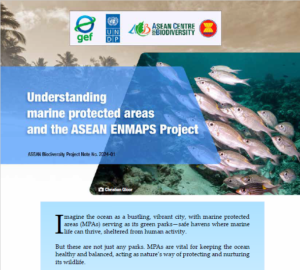Named after the four main islands of Wangi-Wangi, Kaledupa, Tomia, and Binongko, Wakatobi Island consists of 39 islands, three hirsts, and five atolls. Some islands form with the drowning of the baseplate, but atoll formation in Wakatobi Island began with the emergence of some islands followed by the growth of coral reefs around the islands. Coral reefs surrounding the islands continued to grow and formed atolls that are now known as Kaledupa Atoll, Kapota Atoll, and Tomia Atoll. Kaledupa Atoll, is best known as the longest single atoll in the Asia Pacific region.
Wakatobi National Park is in the Coral Triangle, was designated a Biosphere Reserve in 2012 by the United Nations Educational, Scientific and Cultural Organization, and a High Biodiversity Area in Coral Triangle Region by the Coral Triangle Initiative on Coral Reefs, Fisheries, and Food Security.













































